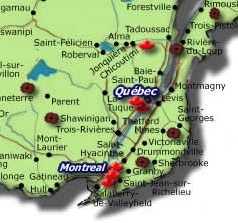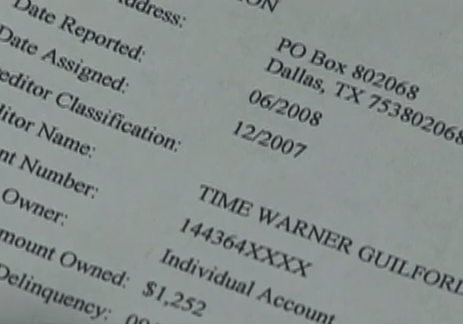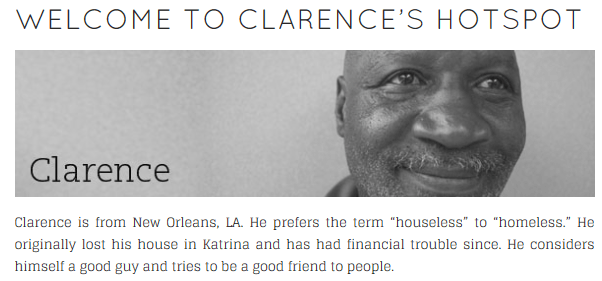 A Wall Street analyst says Sprint has a 50/50 chance of being forced into bankruptcy, either pulling through a difficult upgrade to LTE 4G and stabilizing its partnership with Clearwire, or sinking under a load of debt incurred by Apple’s iPhone and network upgrade expenses.
A Wall Street analyst says Sprint has a 50/50 chance of being forced into bankruptcy, either pulling through a difficult upgrade to LTE 4G and stabilizing its partnership with Clearwire, or sinking under a load of debt incurred by Apple’s iPhone and network upgrade expenses.
Sanford Bernstein Research analyst Craig Moffett downgraded Sprint this morning from “market perform” to “underperform,” noting Sprint’s complicated five year credit default swap financing deal already prices in a 50/50 chance Sprint will be forced into Chapter 11 bankruptcy reorganization.
Moffett told investors he believes Sprint’s near term future can be described in one of two ways:
“In the first, the company successfully navigates its complicated Network Vision upgrade, stabilizes Clearwire‘s financial position, and delivers a compelling 4G product. In the second, some combination of its gargantuan take-or-pay contract with Apple, a hobbled 4G offering, and a stupendous debt burden bring the company to its knees.”
Moffett says Sprint’s biggest risk may come from Apple’s forthcoming 4G LTE iPhone, which he does not believe will work well on Sprint’s network.
 “The problem is 4G. Sprint doesn’t have enough free-and-clear spectrum on which to launch a competitive LTE network, and it doesn’t have the money to clear spectrum that’s already in use,” Moffett said. “We expect Sprint’s competitiveness to begin to backslide when LTE becomes the nation’s de facto standard.”
“The problem is 4G. Sprint doesn’t have enough free-and-clear spectrum on which to launch a competitive LTE network, and it doesn’t have the money to clear spectrum that’s already in use,” Moffett said. “We expect Sprint’s competitiveness to begin to backslide when LTE becomes the nation’s de facto standard.”
Sprint continues to rely primarily on its troubled partner Clearwire for 4G service, which uses the aging WiMAX standard other carriers abroad are decommissioning.
With the iPhone 5 due later this year, should it provide access to 4G LTE service, Sprint could be in real trouble. By fall, Sprint’s LTE network is expected to only provide limited coverage in a handful of cities, and on PCS spectrum less suitable for penetrating buildings. Sprint would be forced to compete against Verizon’s nearly-completed LTE network as well as AT&T’s mixture of LTE and HSPA+ 4G services. Verizon and AT&T will operate their 4G networks on 700MHz spectrum which can deliver robust signals indoors and out.
“Unfortunately, at this point we simply don’t believe there is any analytical framework that provides strong conviction as to whether Sprint can or cannot avoid bankruptcy over the next four years or so,” Moffett says. “Instead, one is left with this; are the perceived risks rising, or are they falling? We conclude … that risks of bankruptcy are rising, and that perceived risks will rise still further with the release of the first 4G iPhone.”
[flv]http://www.phillipdampier.com/video/CNBC Sprint to Go Bankrupt 3-19-12.flv[/flv]
CNBC speaks with Craig Moffett about the challenges afflicting Sprint’s effort to build a 4G LTE network and how a bankruptcy might affect customers. (4 minutes)


 Subscribe
Subscribe





